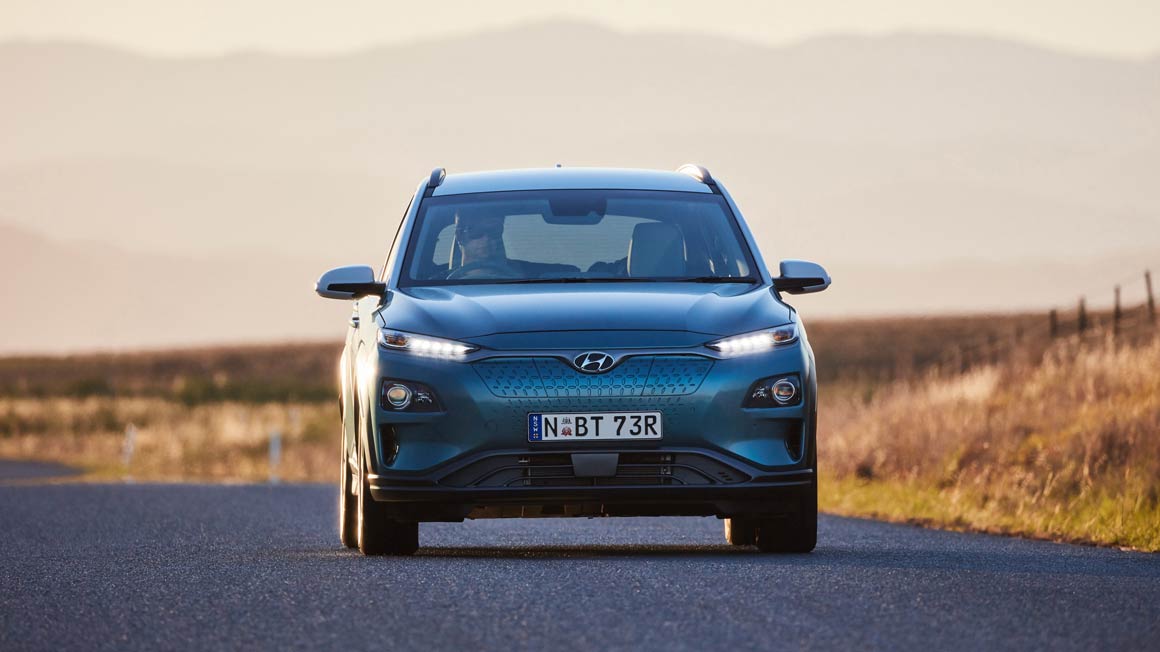

Australia will need to shift quickly to electric vehicles to meet long term Paris targets, according to new analysis from ClimateWorks, and the 50 per cent target outlined by Labor at the last election is about the speed the country needs to move.
Anna Skarbek, the head of the Melbourne-based think tank and research group, says new analysis will show that Australia will need to have electric vehicles account for a near 50 per cent share or new vehicle sales by 2030 – up from 1 per cent now – to keep the country on track for the 1.5°C to 2.0°C scenario signed in Paris.
Her comments, to the Electric Vehicle Transition conference co-hosted by The Driven and RenewEconomy in Sydney – were echoed by Bloomberg NEF analyst Ali Asghar, who said Australia’s slow uptake of EVs meant that transport emissions would rise for the next 10 years, and only fall back to current levels by 2039.
The implications of only reaching 2.0°C compared to 1.5°C are substantial according to the analysis of the most recent IPCC report – as one example, the capacity of reefs to recover from bleaching events – and the transport sector has an important role to play, Skarbek says.
Skarbek produced this slide above which showed that the benchmark for the transport sector in Australia – to keep in line with the 1.5°C to 2.0°C long term Paris climate targets, would require 46-49 per cent of new car sales to be electric by 2030.
This, of course, was the policy taken to the recent election by Labor, and mocked and ridiculed by the Coalition government. Now, that is having an impact, with the likes of BloombergNEF and CSIRO, which is advising the Australian Energy Market Operator, saying the uptake of EVs is likely to be slow than expected.
“The slow start to EVs could hit the carbon budget,” Asghar said, noting that Australia was missing the four key drivers that would support the uptake of EVs.
Australia, he said, provided minimal upfront purchase incentives, had no fuel economy emissions or regulations, had few models available (less than half than some other countries), and therefore had high upfront costs.
But he noted that regulations could help lower the cost of EVs, and mean no subsidies would be required in the future.
But data modelled by ClimateWorks (below) shows that without the intervention of government policy aimed at accelerating uptake, Australia has no chance of meeting the required 50% by 2030 EV target.
The longer Australia waits to rectify these shortcomings, the longer it will take to fix, says Asghar.
Without the introduction of policy to accelerate uptake, Australia is looking at 20 years before the transport sector can recover from ever-increasing transport-related carbon emissions and rollback to 2018 levels.
Skarbek says that the next ten years are crucial.
“2030 is not far away – the choices we make in the next ten years will make a massive difference,” she says.
That’s the same length of time as 2-3 fleet turnovers, 1-2 private car purchases.
To reach the Paris targets, the volume of EVs by 2030 needed to nudge that 50% is 5 million new EVs
It’s a challenging target that cannot be reached without the intervention of government policy, says Asghar, pointing to the fact that in China a significant shift to electric mobility still took 4 years even with substantial incentives.
The implications of addressing the transport sector would laso have follow on effects for other sectors, says Asghar.
“If we don’t address transport sector other sectors will have to do more heavy lifting,” he said.
Read the original version on RenewEconomy’s electric vehicle dedicated site, The Driven, here…
Vast's latest ARENA grant will underwrite at least half of what it needs to build…
Energy consumer advocates say proposed electricity price hikes under DMO highlight the need for stronger…
Rio Tinto signs massive solar and battery storage deal to help secure future of its…
The US installed record-smashing amounts of solar in 2024 – the largest single year of…
One of the biggest batteries under development in Australia – and one of the first…
LNP government allows the first of four giant wind projects that were frozen earlier this…